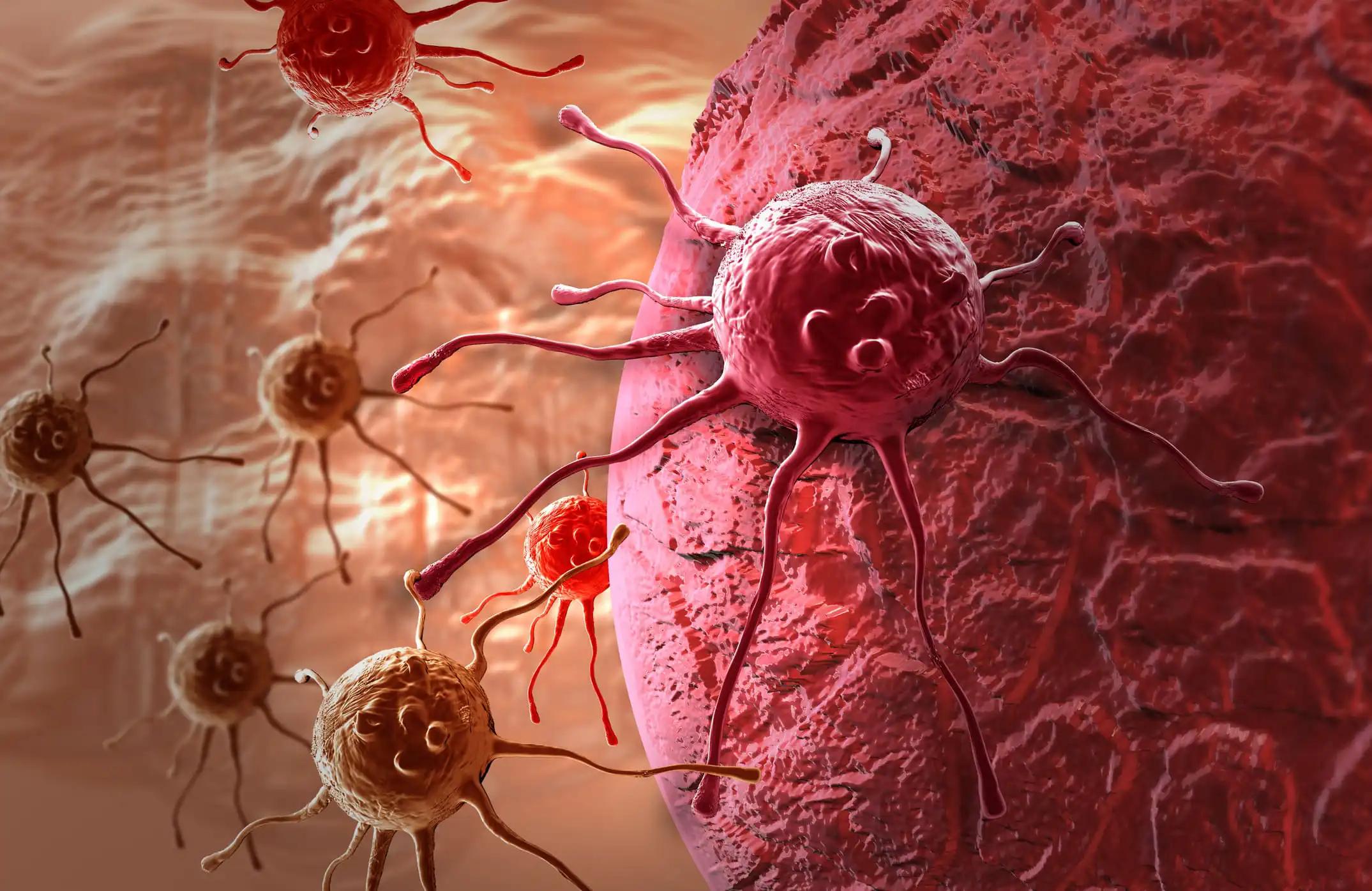KEY TAKEAWAYS
- The study aimed to clarify contrast enhancement patterns in IDH-wildtype glioblastoma under WHO 2021 CNS tumor classification.
- The results showed that the contrast enhanced glioblastomas had shorter survival especially the ring-like pattern predicting shortest survival.
Glioblastoma is a type of brain cancer, also known as IDH-wildtype. Contrast enhancement in IDH-wildtype is inconsistent but frequent. The prognostic significance of contrast enhancement and its specific pattern and impact still needs to be studied.
Alexandre Roux and the team aimed to clarify the implication of contrast enhancement and characterize the patterns of contrast enhancement in IDH-wildtype glioblastoma under the updated WHO 2021 Classification of CNS Tumors.
The study was retrospective and observational. They screened adult patients who had been newly diagnosed with glioblastoma and lacked the IDH mutation. Data were collected from medical records and imaging reports to analyze the presence and characteristics of contrast enhancement.
The results revealed that 1149 IDH-wildtype glioblastomas were included. Of which 26 (2.3%) showed no contrast enhancement, 45 (4.0%) had faint and patchy enhancement, 118 (10.5%) had nodular enhancement, and 960 (85.5%) had a ring-like pattern. Survival was longer without contrast enhancement (26.7 months) compared to enhanced glioblastomas (10.9 months) (P< 0.001).
Among enhanced tumors, the ring-like pattern had shorter survival (10.0 months) than the faint and nodular patterns (13.0 months) (P= 0.033). Surgical resection predicted more prolonged survival regardless of contrast enhancement, while factors like age ≥ 70 years, poor preoperative KPS score <70, larger tumor volume ≥ 30cm3, and residual postoperative enhancement independently predicted shorter survival.
The study concluded that contrast enhancement is common in IDH-wildtype glioblastomas (97.7%) and linked to shorter survival, regardless of its pattern. The ring-like pattern found in most cases (85.5%) independently predicted shorter survival than faint, patchy, nodular patterns.
No funds were received.
Source: https://link.springer.com/article/10.1007/s11060-024-04747-7
Roux, A., Elia, A., Hudelist, B. et al. (2024). “Prognostic significance of MRI contrast enhancement in newly diagnosed glioblastoma, IDH-wildtype according to WHO 2021 classification”. J Neurooncol (2024). https://doi.org/10.1007/s11060-024-04747-7



